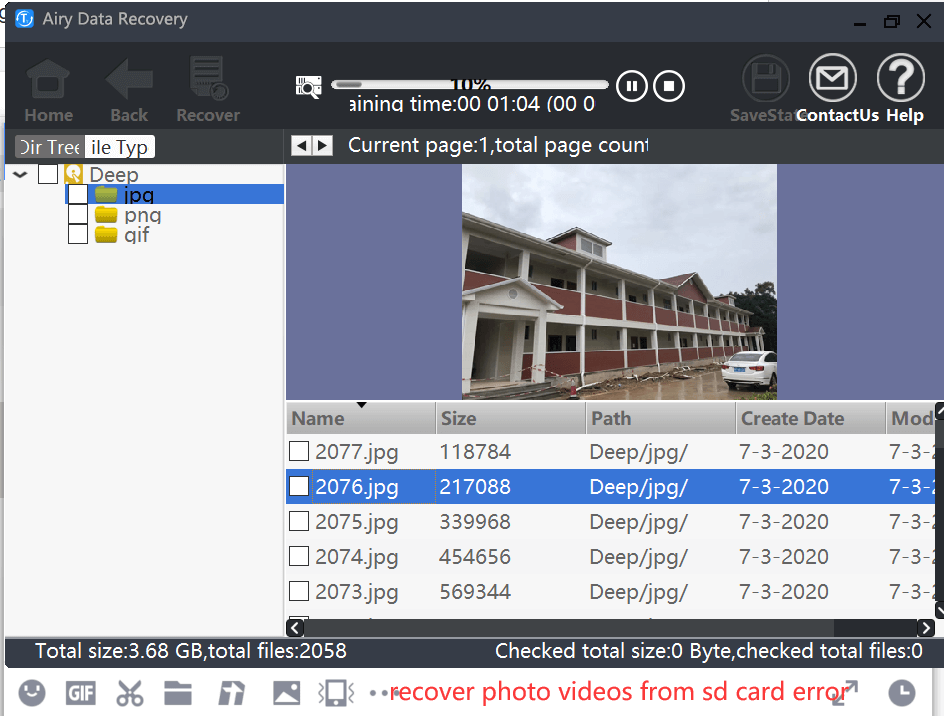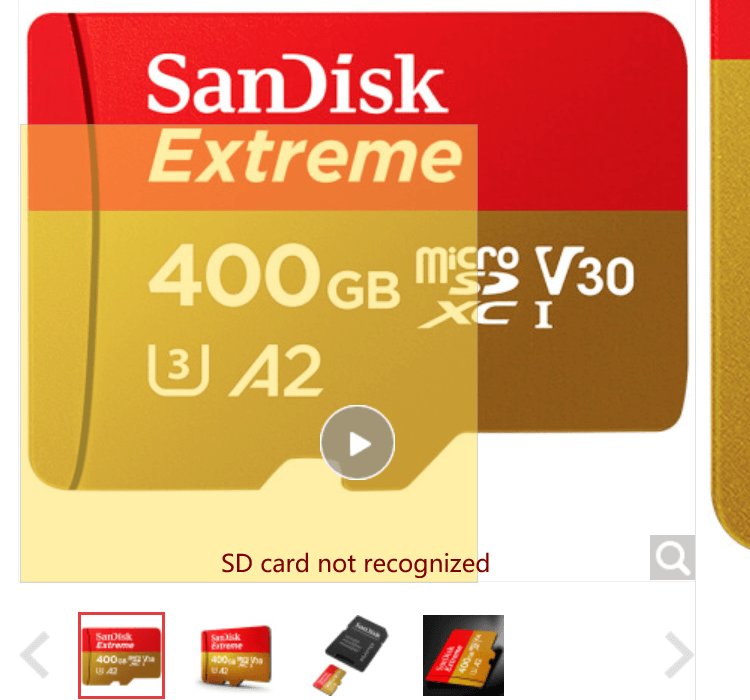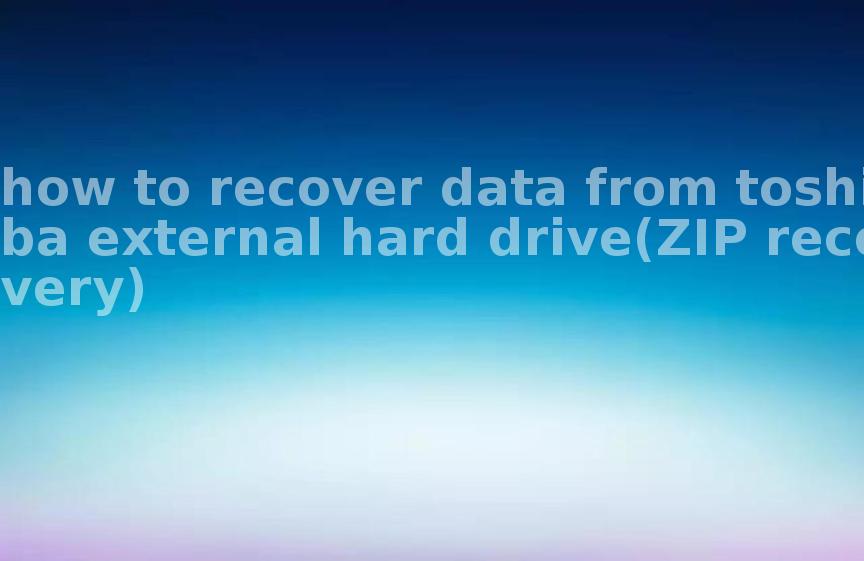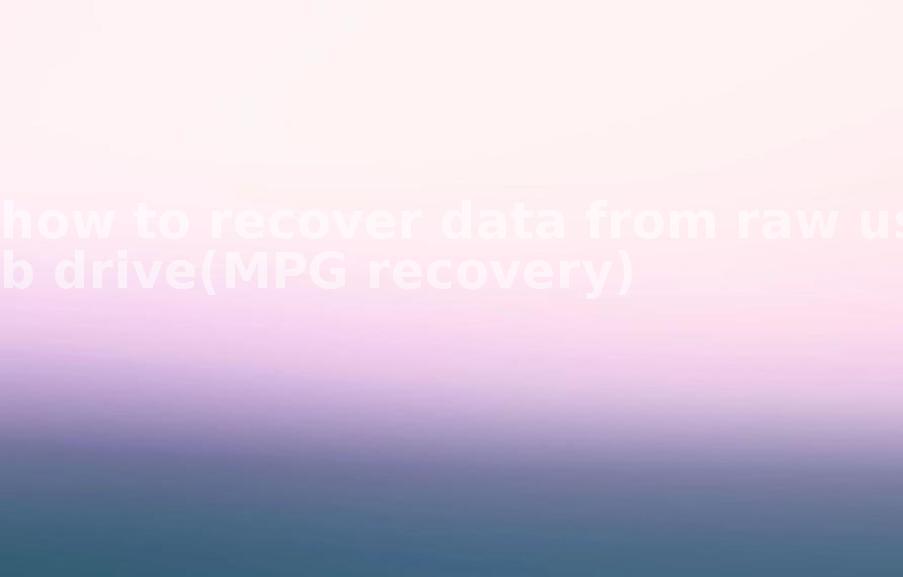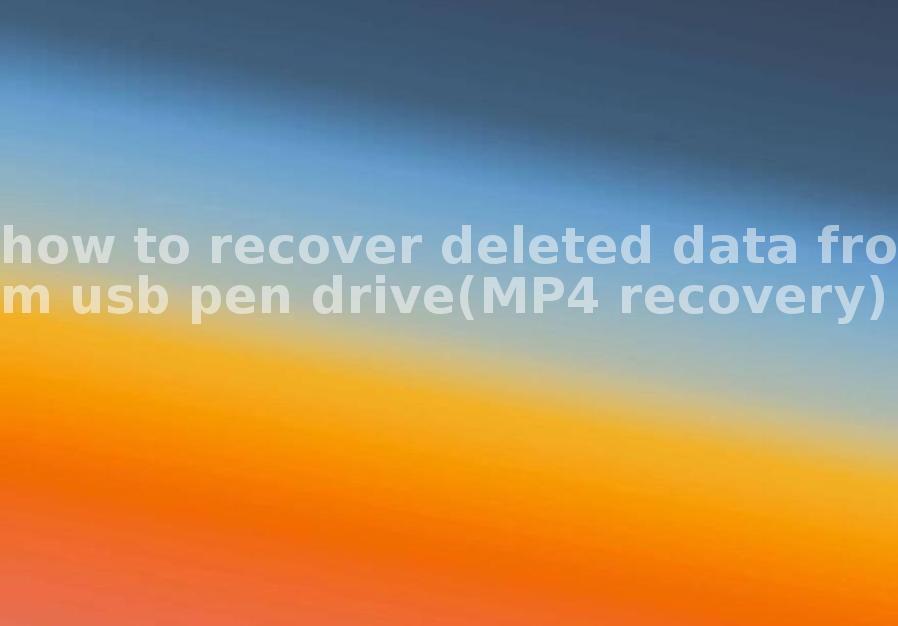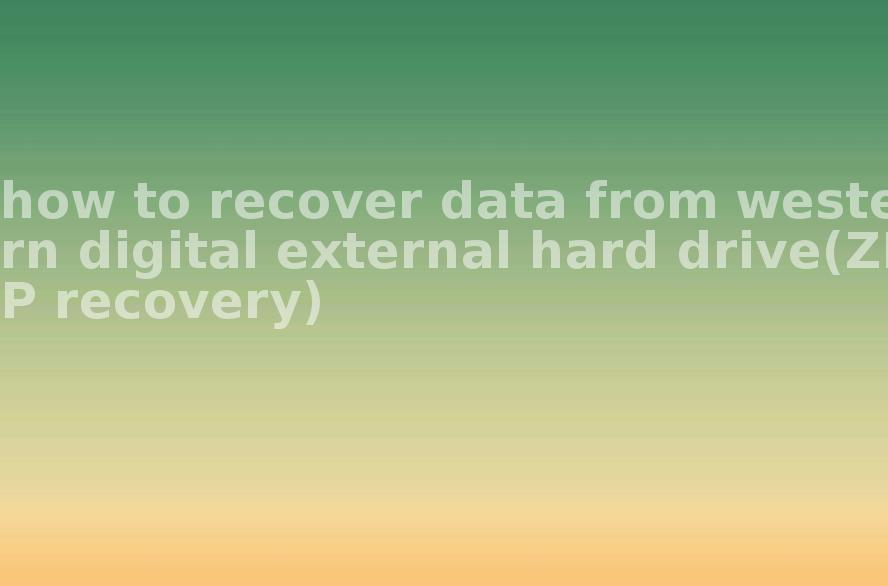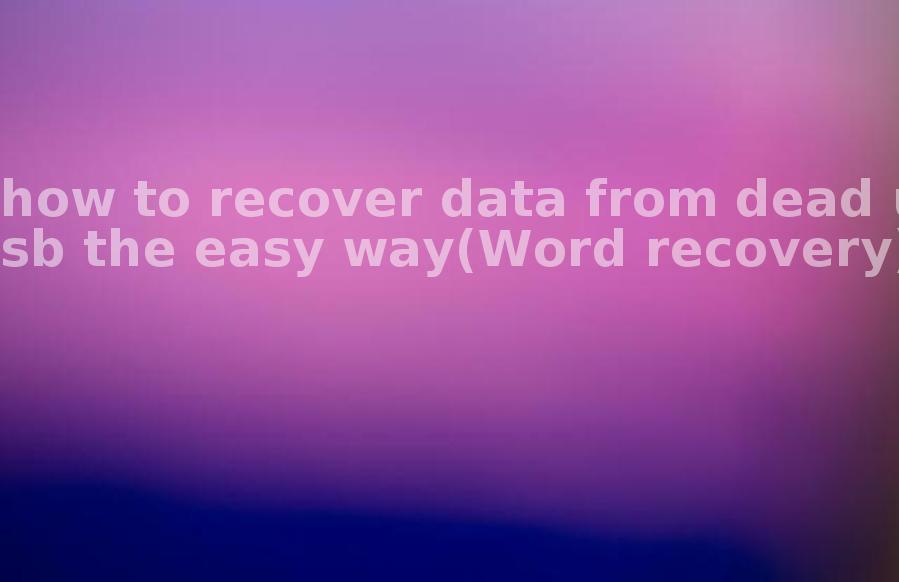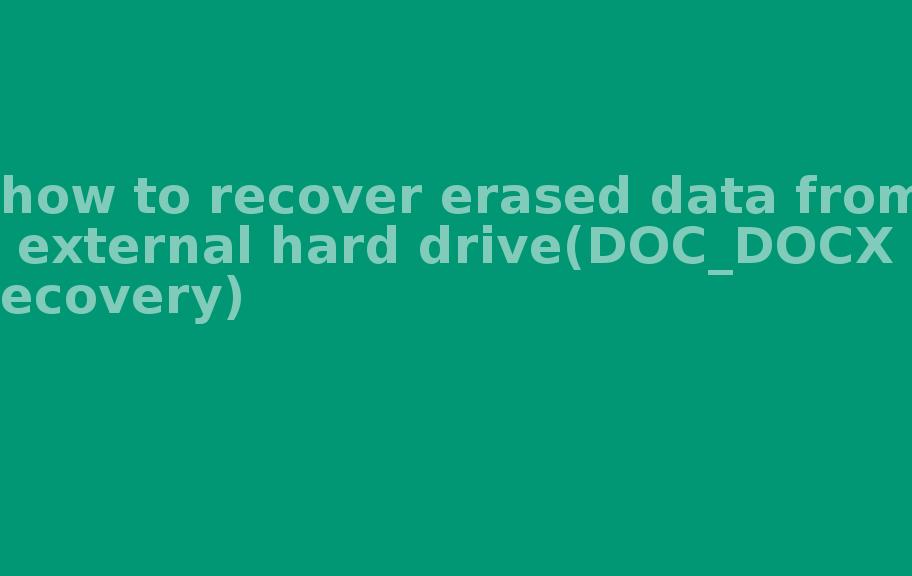Fixed hard drive CHKDSK is not available for RAW drives and recover data
2022-05-22 14:28 686
CASE hard drive RAW drives
When your computer hard drive try to check with the CHKDSK command, it prompts "The file system type is RAW and CHKDSK is not available for RAW drives". This indicates that there is a problem with the device's file system and CHKDSK is not available for the RAW drive.
To resume use, you need to format to convert RAW to NTFS or other Windows-compatible file system. Formatting will delete all files on the device. Therefore, to avoid file deletion, you need to follow these steps:Recover files from RAW disks Format the RAW drive.
If the data in the hard drive or removable storage device is useless or there is no information, then you can directly format the device. Formatting will lead to data loss, please backup important files and then format it. If data is lost, you can operate with the help of professional data recovery software
Reason CHKDSK is not available for RAW
Hard drive partitioning into RAW format means that the partition is bad, but it is also possible that the hard drive itself is bad. This situation cannot be repaired by chkdsk, but only by formatting to fix the error. If the data on the card is no longer needed, then just format it, and if the formatting can be completed successfully, then it means that it is a logical failure and the card can continue to be used.
Reporting disk errors.
The chkdsk command checks disk space and file allocation table (FAT) and NTFS file system usage. chkdsk provides information specific to each file system in a status report. The status report shows the errors found in the file system.
When running chkdsk on an active partition that does not contain the /f command line option, it may report false information because it cannot lock the drive.
Fixing disk errors.
The chkdsk command repairs disk errors only if the /f command line option is specified. chkdsk must be able to lock the drive in order to correct the error. Since repairing usually changes the disk's file allocation table and sometimes loses data, chkdsk will first send a confirmation message as follows.
Convert lost chains to files?
If you press Y, Windows saves all lost chains in the root directory in a file called Filennnn.chk. After chkdsk finishes, you can see if these files contain the required data.
If you press N, Windows repairs the disk, but it does not save its contents for the missing allocation units. If the /f command line option is not used, chkdsk does send messages when there are files to repair, but it does not repair any errors.
RAW drives Extended information.
If you use chkdsk /f on a large disk (for example, 70 GB) or a disk with a large number of files (millions), this may take a long time (for example, several days) to complete. Because chkdsk does not relinquish control until the job is done, the computer will not be available during this time.
Checking NTFS disks.
Windows displays the chkdsk status report for NTFS disks in the following format.
Use chkdsk if there are open files. If there are open files on the drive, chkdsk sends an error message when the /f command line option is specified. If the /f command line option is not specified and an open file exists, chkdsk reports the missing allocation unit on the disk.
This may happen if the open file is not recorded in the file allocation table. If chkdsk reports a large number of allocation units missing, consider repairing the disk.
Finding physical disc errors.
Use the /r command line option to find physical disk errors in the file system. For information on using recover to repair physically damaged files, see "".
Report bad sectors on a disk.
Bad sectors reported by chkdsk are marked as corrupted when the disk is first ready to run. They do not pose a danger.
How to recover file from RAW hard drive
You can follow the steps to recover files from the external drive
Step 1. Connect the RAW hard drive
To recover data from external storage devices, you need to connect the device to your computer. My Data Recovery software will detect all external and internal hard drives/devices (such as SD cards). If the data is on your smartphone or digital camera, take it out and connect it to the computer with a card reader.
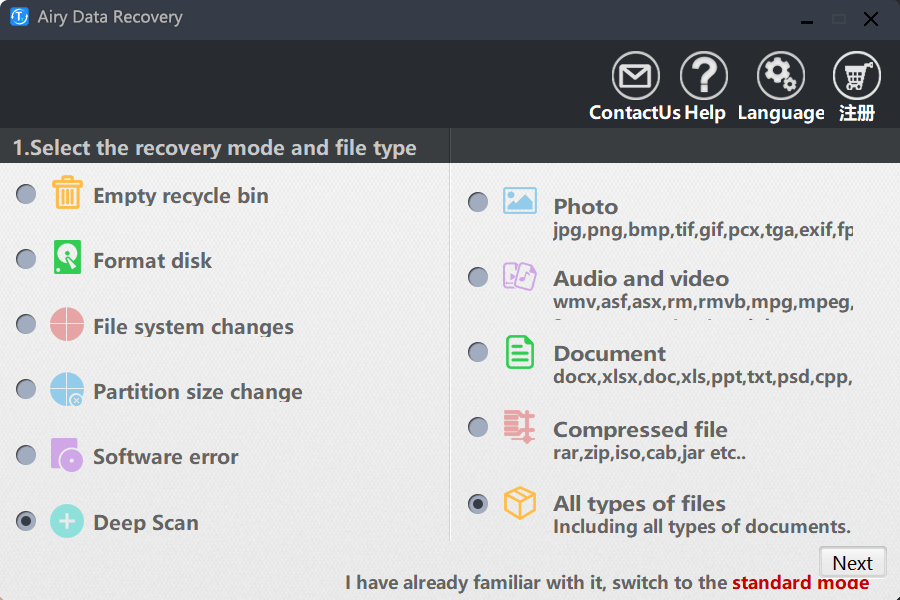
Step 2. Scan the RAW hard drive
Under "Devices and Drives", you can easily find the SD card you just connected. Click the Scan button.
Then, start the scanning process. The results of "deleted files" will be displayed soon.
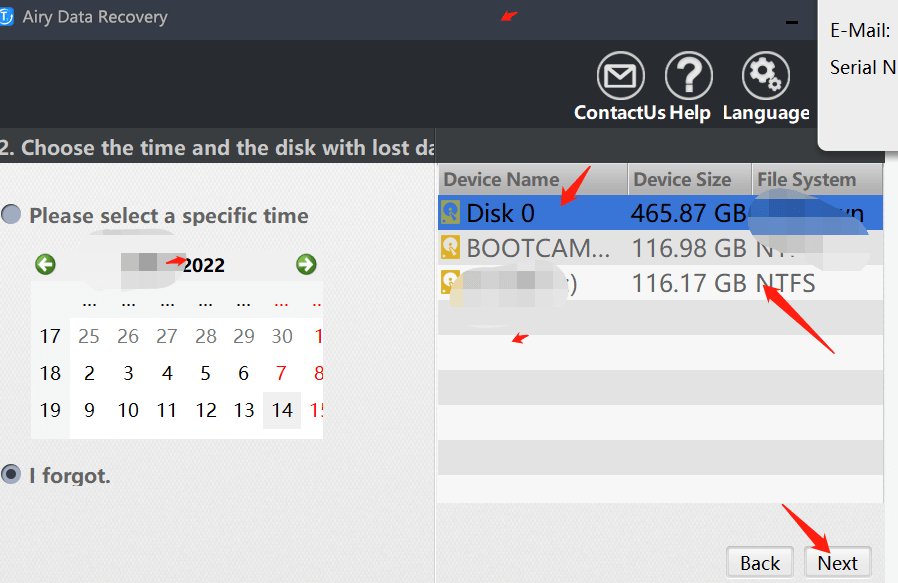
Step 3. recover the RAW hard drive
After the scan is finished, you can use the filter function to view only the picture files in the scan result by selecting "Pictures". Select the desired photos and click the Recover button
